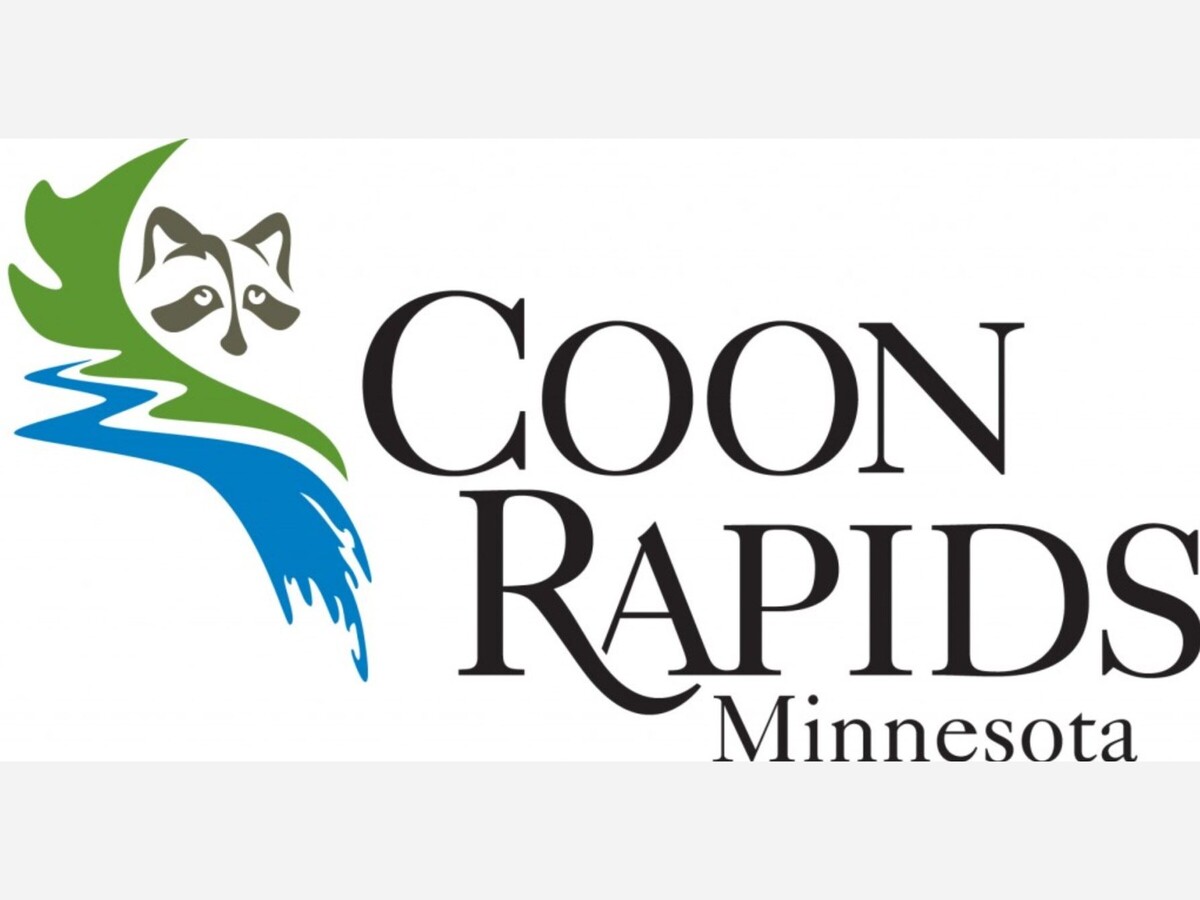Image


Coon Rapids, MN – The City of Coon Rapids is significantly accelerating its program for the removal of diseased ash trees from city boulevards, a critical response to the escalating threat posed by the invasive Emerald Ash Borer (EAB). Recognizing the urgency of the situation, the City Council has approved substantial additional funding to expedite the removal of thousands of ash trees that are either dead or rapidly declining due to the infestation.
Coon Rapids faces a formidable challenge, with approximately 6,000 boulevard ash trees within its city limits. As of the end of 2024, only about half of these trees had been removed over several years. However, the pace of tree failures has dramatically increased, necessitating a more aggressive approach.
Increased Funding and Strategic Plan:
In a pivotal move at its September 17, 2024, meeting, the Coon Rapids City Council approved a budget amendment to tackle the EAB crisis. This included an interfund loan of $200,000 for 2024 and an additional $320,000 for 2025, with an overall estimation of needing approximately $800,000 by 2027 to remove the remaining infested ash trees. In 2025 alone, the city will funnel an extra $620,000 toward tree removal due to EAB, above its typical annual budget for tree replacement.
The city's forestry division has been actively managing the EAB issue, but the accelerated pace of infestation requires this increased financial commitment. The focus for the immediate future will be on the removal of hazardous trees, as dead ash trees become extremely brittle and pose significant safety risks.
The Threat of Emerald Ash Borer:
The Emerald Ash Borer (EAB) is a highly destructive invasive insect, native to Asia, that has killed millions of ash trees across North America. It attacks all species of North American ash, regardless of their health, by burrowing under the bark and disrupting the flow of water and nutrients, effectively girdling the tree. Once symptoms of infestation become visible, trees typically die within one to three years.
Minnesota has a significant ash tree population, both in natural forests and urban landscapes, making the spread of EAB a severe threat to the state's tree canopy. EAB was first discovered in Minnesota in St. Paul in 2009 and has since spread to numerous counties, including Anoka County, where Coon Rapids is located.
City's Multi-Faceted Approach:
Beyond removal, Coon Rapids is engaged in a multi-year, comprehensive strategy to manage the EAB epidemic and restore its urban forest:
The acceleration of the ash tree removal program underscores Coon Rapids' commitment to public safety and preserving the long-term health and beauty of its urban canopy in the face of this unprecedented environmental challenge. Residents are encouraged to stay informed and report any concerns regarding boulevard ash trees.